
Tooth Sensitivity

New parents face quite a learning curve when it comes to the health and development of their first child. This is particularly true of teething, when a child’s primary (or baby) teeth begin to come in. Technically called eruption, this process can cause your child great discomfort. As such, we thought it would be helpful to put together a tip sheet highlighting some of the most important things to keep in mind about teething.
Here are seven helpful teething tips for new parents:
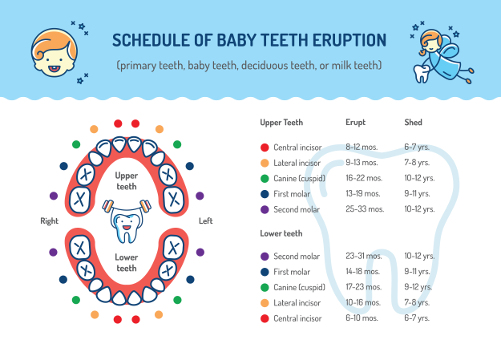
Tooth eruption typically begins around six months, though it can occur at any time between three and 12 months. In total, there will be 20 primary teeth that erupt, a process that may span two or three years.
The front teeth erupt first, typically starting with the bottom two incisors, followed by the upper central and lateral incisors. The bottom lateral incisors are the last of the front teeth to erupt, after which the molars and canines follow.
The timing and pattern of eruption can vary from child to child, but if eruption hasn’t occurred after 15 months, consult with your pediatrician or pediatric dentist.
The primary teeth remain in place until your child is five or six years old, after which they begin to fall out and get replaced by permanent teeth.
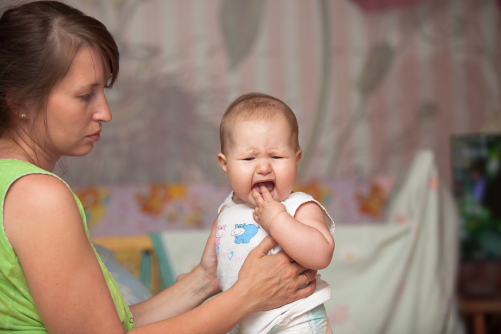
No parent wants to see their child experience any sort of distress, but, unfortunately, it’s an unavoidable part of teething. Knowing the normal signs of discomfort at least lets you know that there’s nothing serious causing your child distress. These typical signs include:
In rare cases, teething may cause a low-grade fever. Although not necessarily a cause for alarm, this is something that should be shared with your pediatrician and/or pediatric dentist.
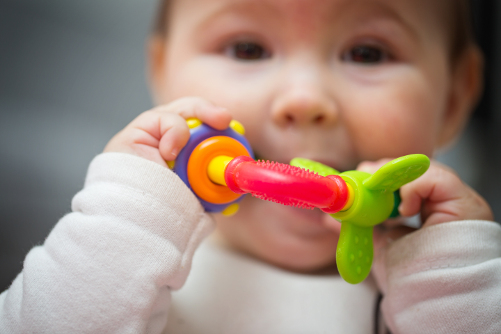
Although there is nothing you can do to stop the discomforts of teething, there are a number of things that you can do to help alleviate it.
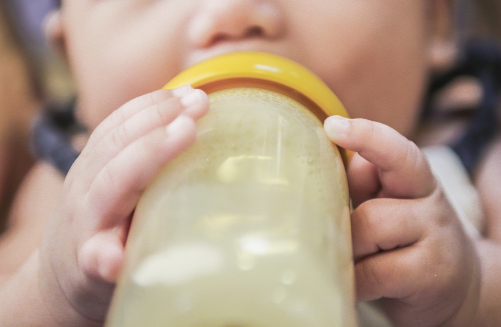
There are also a number of things you shouldn’t do:

If you notice that your child’s teething symptoms worsen or seem severe, it’s imperative that you alert your pediatrician and/or pediatric dentist for an evaluation. Red flags are fever, frequent pulling on the ear(s), diarrhea, chronic coughing and diaper rash. These are not common teething symptoms and should be evaluated ASAP.

Once teeth begin to erupt, you may notice the development of small watery sacs known as eruption cysts. These are normal and perfectly harmless. As the tooth erupts it will eventually rupture the sac. Do not attempt to rupture it yourself.
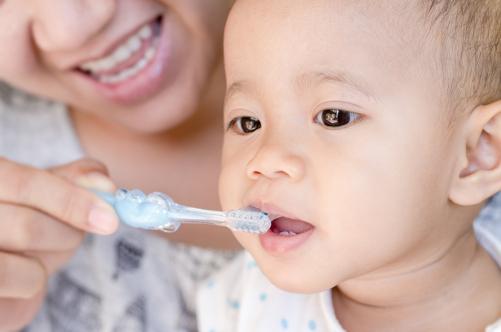
It’s never too early to start thinking about your child’s dental care. Even before the teeth erupt, you should get into the habit of cleaning the gums with a warm, soft cotton swap after meals. Once the teeth begin to erupt, you can begin brushing using a small, soft toothbrush. Do not use any sort of toothpaste product at this time. Simply brush with water.
Starting this routine early helps to foster a healthy dental hygiene habit.
Beverly Hills Center for Cosmetic Dentistry
241 1/2 South Beverly Drive
Beverly Hills, CA 90212
(310) 860-9311
Learn More
Smile Gallery
Pro Health Dental
27680 Santa Margarita Pkwy
Mission Viejo, CA 92691
(949) 916-6868
Learn More
Smile Gallery
Dentistry For Your Smile
27725 Santa Margarita Parkway
Suite 120
Mission Viejo, CA 92691
(949) 859-8899
Learn More
Smile Gallery
Goldenberg Dentistry
5700 Ralston Street
Suite 310
Ventura, CA 93003
(800) 673-0963
Learn More
Smile Gallery

Tooth Sensitivity
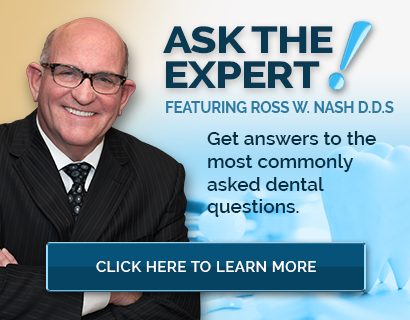
Ask the Expert

Pediatric Dentistry
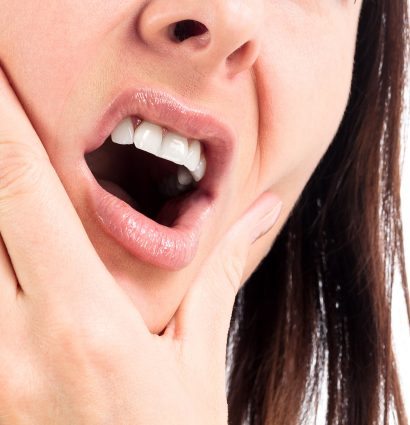
Oral Health
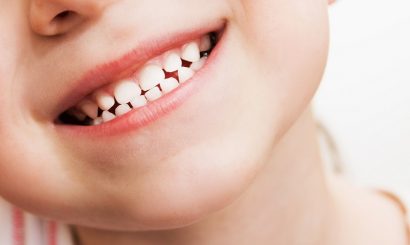
Pediatric Dentistry
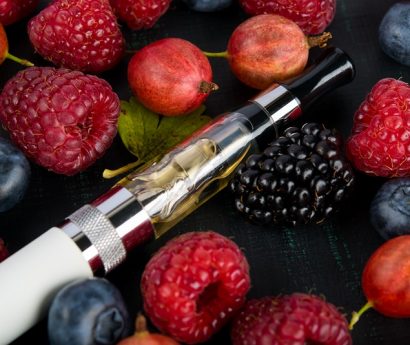
Oral Health
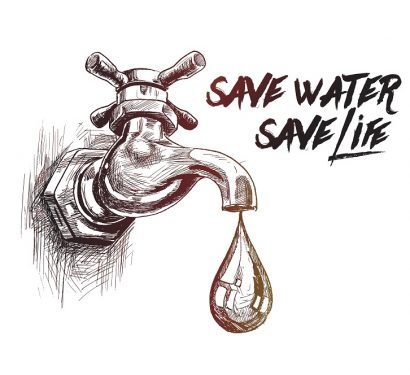
Dental Hygiene
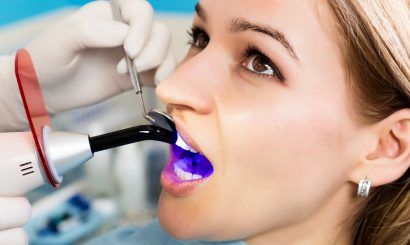
Tooth Restoration
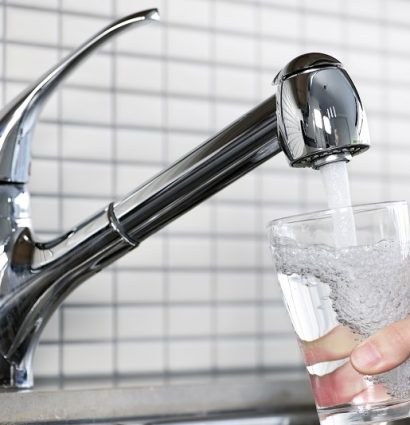
Dental Public Health
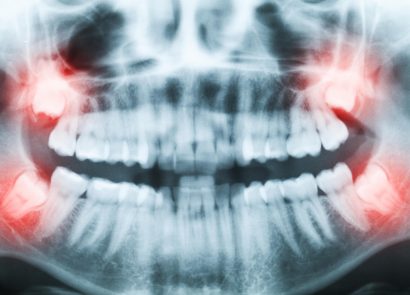
Wisdom Teeth
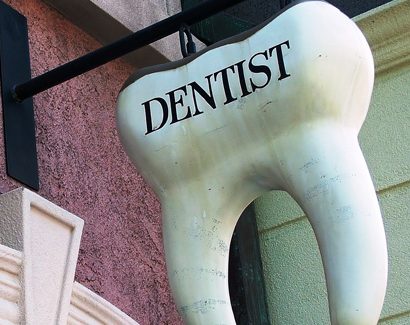
Dentists
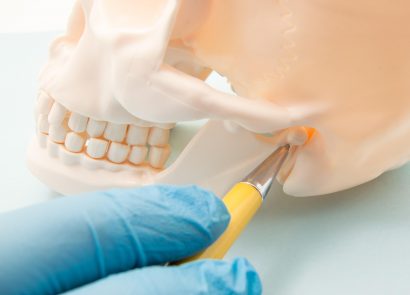
TMJ
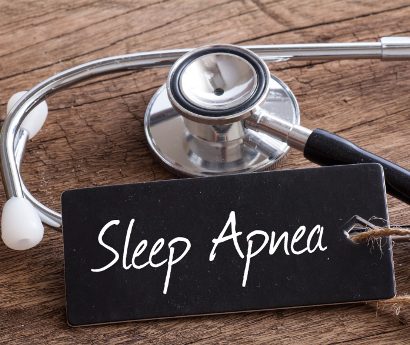
Sleep Apnea
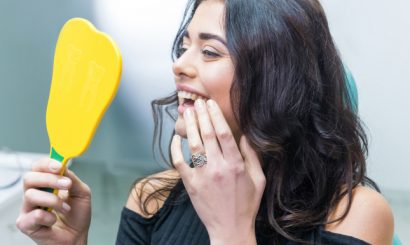
Cosmetic Dentistry

Dental Veneers